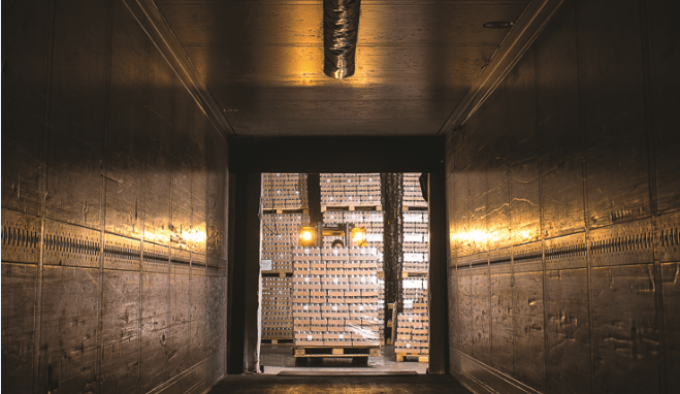Red Sea attacks on ships could continue, despite Gaza ceasefire
Despite a lull in attacks on shipping this month, Houthi suggestions are that they may ...

With the next series of amendments to the IMDG Code becoming mandatory on 1 January next year, Peregrine Storrs-Fox, risk management director at leading freight insurer TT Club, takes the opportunity to consider the trajectory of changes and improvements in the safety of the global supply chain.
Philosophers have mused as to which came first, the chicken or the egg. In the logistics supply chain, there are multiple tools to deliver good practice in safety and sustainability. Emerging risks need to ...
US tariffs and trade war will result in 'Covid-like' shortages and layoffs
Ecommerce air traffic to US set to grind to a halt as de minimis exemption ends
Where will the freighters go as capacity shifts from tariff-hit China-US lane?
Congestion and rising costs at Europe's box ports to last into summer
Apple logistics chief Gal Dayan quits to join forwarding group
Widespread blanked sailings stave off major collapse of transpacific rates
Transpac rates hold firm as capacity is diverted to Asia-Europe lanes
End of de minimis will bring turbulence for airfreight shippers and forwarders
Airlines slash freighter capacity post-de minimis, but 'the worst is yet to come'
MSC revamps east-west network as alliance strategies on blanking vary
Houthis tell Trump they will end attacks on Red Sea shipping
Maersk u-turn as port congestion increases across Northern Europe
Gemini Cooperation carriers steam ahead of rivals in reliability stakes
India-Pakistan 'tit-for-tat' cargo ban sparks sudden supply chain shocks
Tariff on imported products for drugs would be hard for US pharma to swallow
Atlas Air stays bullish on US change: 'we're flexible, we can fly to other markets'


Comment on this article